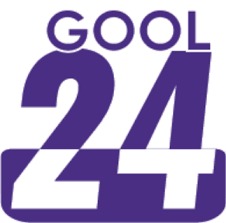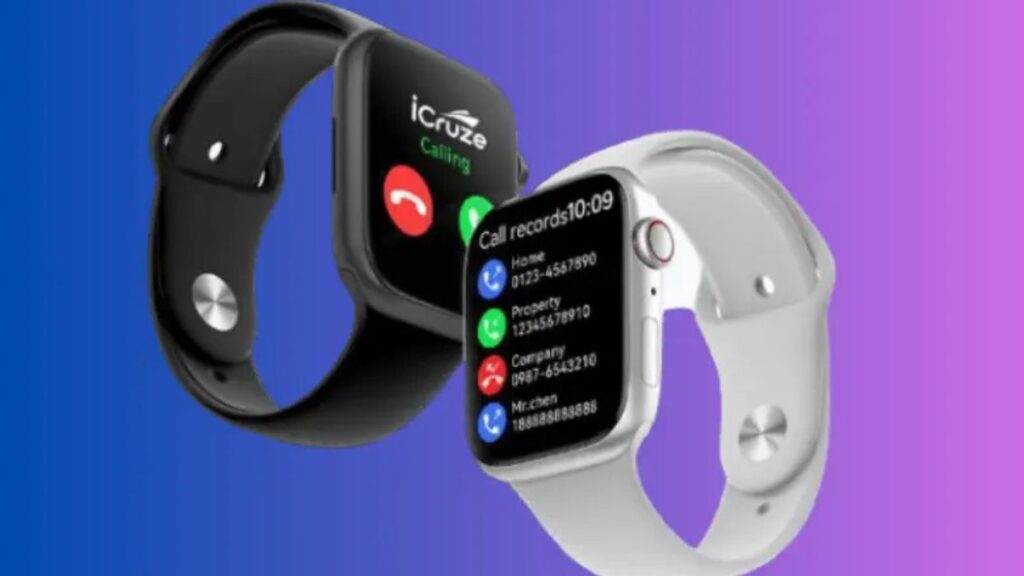Introduction to Telemetryczny and its Importance
Telemetryczny is transforming the way we interact with data. As industries increasingly rely on real-time information, understanding telemetryczny becomes crucial. But what exactly is it? At its core, telemetryczny involves collecting and analyzing data from remote sources to monitor systems and improve decision-making processes.
From healthcare to agriculture, this technology touches many aspects of our lives. Its importance cannot be overstated as businesses seek efficiency and innovation in a rapidly changing world. With advancements emerging almost daily, staying informed about the trends shaping telemetryczny is essential for anyone interested in tech or industry growth.
Let’s explore the exciting developments on the horizon and discover how they might redefine our relationship with data!
Current Trends and Innovations in Telemetryczny
The landscape of telemetryczny is evolving rapidly. Businesses are harnessing real-time data more than ever before.
Cloud-based solutions are becoming a staple. They enable organizations to store vast amounts of telemetry data efficiently and access it from anywhere. This flexibility enhances decision-making processes significantly.
Another notable trend is the integration of IoT devices in telemetry systems. These smart devices collect and transmit valuable information, providing insights that were previously hard to obtain.
Moreover, user-friendly dashboards and visualization tools are on the rise. They help businesses interpret complex data simply and intuitively, ensuring actionable insights can be drawn quickly.
Data analytics continues to play a pivotal role too. Organizations utilize advanced analytical techniques for predictive maintenance, improving operational efficiency across various sectors like healthcare and manufacturing.
With these innovations, telemetryczny transforms how industries operate daily.
The Rise of Artificial Intelligence in Telemetryczny
Artificial intelligence is reshaping the landscape of telemetryczny. With its ability to analyze vast datasets, AI optimizes data processing and interpretation.
Real-time insights are now more accessible than ever. Algorithms can discern patterns, making predictive analytics a reality. This means businesses can anticipate issues before they escalate.
Machine learning models continuously improve their accuracy over time. They adapt to new information, becoming increasingly effective in decision-making processes.
Additionally, AI enhances automation within telemetry systems. Routine tasks are completed with minimal human intervention, allowing teams to focus on strategic initiatives rather than mundane operations.
As industries adopt these innovations, the synergy between AI and telemetryczny will drive efficiency and foster smarter solutions across sectors—from healthcare monitoring to environmental management. The future looks promising as technology evolves at a rapid pace.
Advancements in Wireless Technology for Better Data Transmission
Wireless technology is evolving rapidly, transforming how telemetryczny systems transmit data. The introduction of 5G networks has significantly increased bandwidth and reduced latency. This enhancement enables real-time data transfer from remote sensors to analytics platforms.
Moreover, the development of Low-Power Wide-Area Networks (LPWAN) has emerged as a game changer for IoT applications. It allows devices to connect over long distances while consuming minimal energy. Such efficiency is crucial in sectors like agriculture and environmental monitoring.
Another exciting advancement lies in mesh networking. Devices can communicate with one another without relying on a central hub, boosting network reliability and coverage. This decentralized approach enhances scalability and makes deploying telemetryczny solutions much more flexible.
As these wireless technologies mature, they hold great promise for expanding the capabilities of telemetryczny systems across various industries.
New Applications and Uses for Telemetryczny
The applications of telemetryczny are evolving rapidly. Industries are discovering innovative ways to harness its capabilities for improved efficiency and decision-making.
One exciting use is in smart agriculture. Farmers can monitor soil conditions and crop health in real-time, optimizing water usage and maximizing yield. This data-driven approach leads to more sustainable farming practices.
Healthcare also benefits significantly from telemetryczny advancements. Wearable devices continuously track vital signs, allowing doctors to provide personalized care remotely. This shift empowers patients while ensuring timely interventions when necessary.
In transportation, telemetryczny enhances fleet management by tracking vehicle performance and location. Companies can reduce costs through better route planning and maintenance schedules based on precise data insights.
Moreover, the integration of telemetryzny in smart cities fosters efficient resource management, including energy consumption monitoring and waste disposal optimization. The future holds endless potential as various sectors continue to explore new frontiers with this technology.
Challenges and Concerns for the Future of Telemetryczny
The future of telemetryczny is not without its hurdles. As technology evolves, so do the challenges that accompany it. Data security remains a significant concern. With an increasing amount of sensitive information being collected and transmitted, ensuring its safety from cyber threats becomes paramount.
Moreover, integration across various platforms poses another obstacle. Many organizations struggle to unify telemetry data due to differing systems and standards. This lack of compatibility can hinder efficiency and insights.
Additionally, regulatory compliance continues to complicate matters for businesses leveraging telemetryczny solutions. Industries must navigate complex regulations while striving for innovation.
There’s the issue of infrastructure costs. Upgrading existing systems or adopting new technologies requires substantial investment—something many companies may find daunting in uncertain economic times. Addressing these concerns will be crucial as we move forward into an increasingly data-driven landscape.
Conclusion: The Impact of Telemetryczny on Various Industries
Telemetryczny is becoming a cornerstone across various industries. Its influence stretches from healthcare to agriculture, transportation, and beyond. The ability to collect real-time data enhances decision-making processes and operational efficiency.
In the healthcare sector, for instance, telemetryczny facilitates remote patient monitoring. This innovation leads to better outcomes through timely interventions based on accurate data analysis. Similarly, in agriculture, farmers utilize telemetryczny to monitor soil conditions and crop health remotely. This leads not only to improved yields but also fosters sustainable farming practices.
Transportation systems are also benefiting significantly from advancements in telemetryczny. Fleet management solutions harness this technology to optimize routes and reduce fuel consumption while ensuring safety compliance.
Yet with rapid growth comes responsibility. Industries must navigate privacy concerns and cybersecurity threats as they embrace these innovations. As organizations continue adopting telemetryczny, addressing these challenges will be critical for success.
The future of telemetryčný looks promising as it evolves alongside technological advancements like AI and wireless technologies. Anticipating what’s next could lead industries into new realms of possibility where efficiency meets innovation seamlessly—a landscape ripe for exploration.






